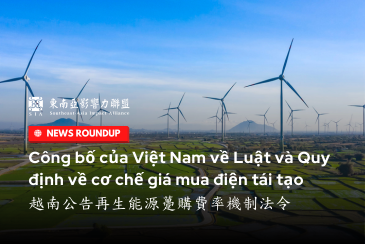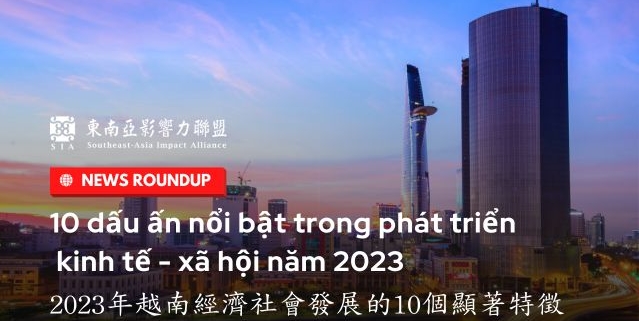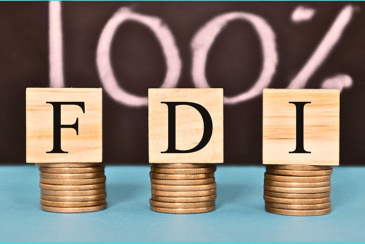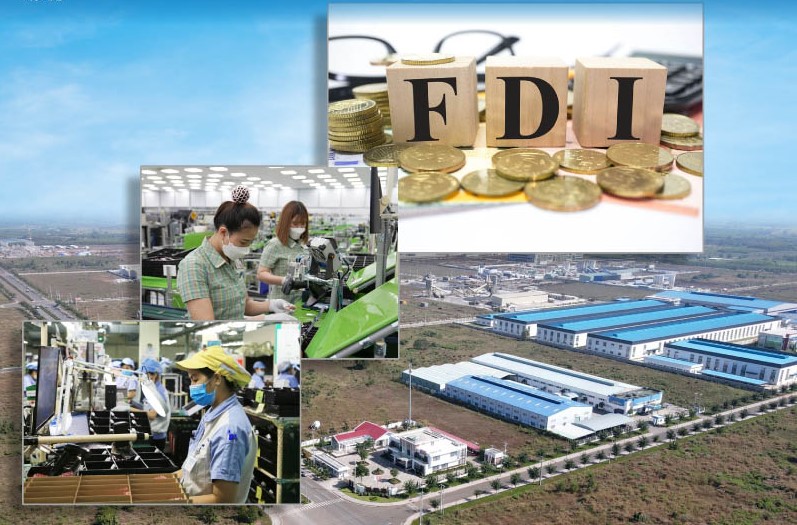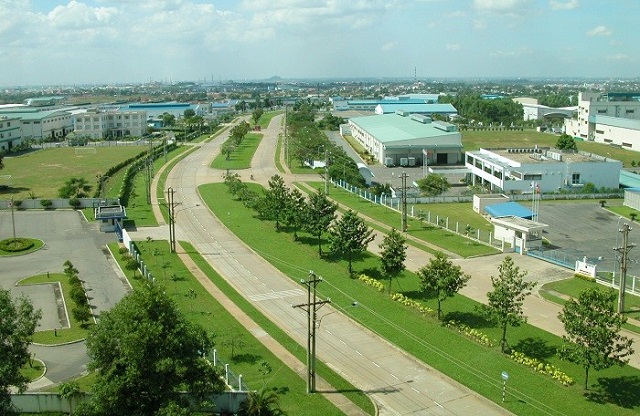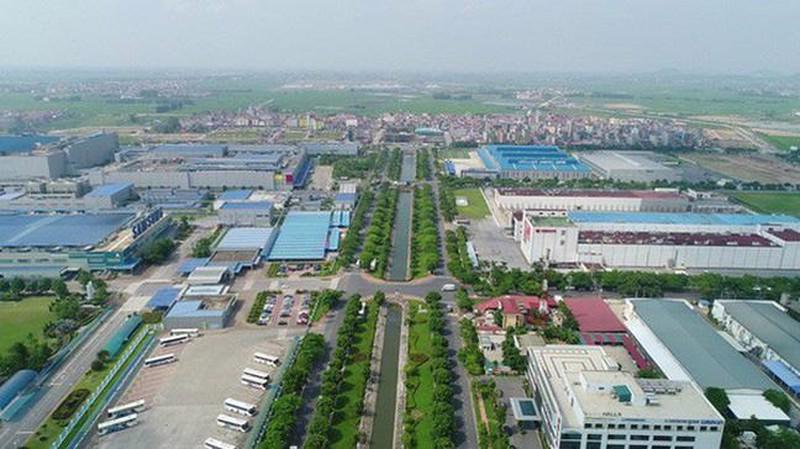1. Vietnam continues to be a global economic bright spot
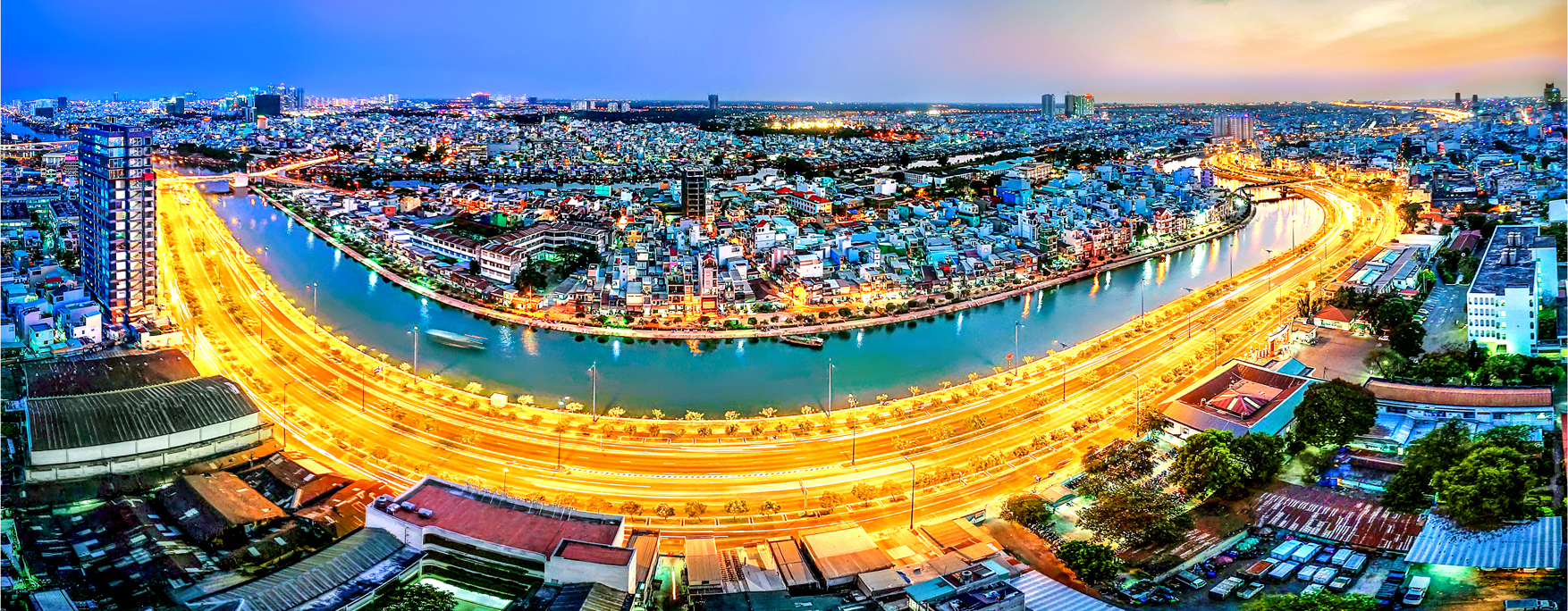
The socio-economic trends continue on a positive trajectory, with each subsequent month surpassing the previous, the next quarter outperforming the last. The nation has essentially achieved its overall goals, attaining significant results in various sectors. Vietnam remains a bright spot in the global economy, surpassing 10 out of 15 set targets.
In 2023, Vietnam is acknowledged by many international organizations for achieving notable successes in economic and social development. The macroeconomy is fundamentally stable, with inflation lower than the National Assembly’s set target. Public debt, government debt, foreign debt, and the state budget deficit are under control. Growth is stimulated, and major economic balances are ensured. Achieving a GDP growth of around 5% for the year is a considerable effort amid challenging global conditions, positioning Vietnam as one of the high-growth countries in the region and the world.
The agricultural sector continues to be a strong pillar and a stable support for the economy during difficulties. The service sector is vibrant, and the industrial and construction sectors are gradually recovering.
Reputable international organizations highly evaluate the results and prospects of Vietnam’s economy, forecasting a rapid recovery in the near future. Fitch Ratings has upgraded Vietnam’s long-term credit rating to BB+ (from BB), with a “Stable” outlook. The national brand value of Vietnam has reached $431 billion, rising one spot to 32nd out of 100 powerful national brands worldwide.
2. In foreign affairs, integration has achieved historical milestones

Vietnam successfully hosts and welcomes the General Secretary and President of China, Xi Jinping.

Vietnam successfully hosts and welcomes President of the United States, Joe Biden
The foreign affairs and international integration efforts have been dynamic, comprehensive, and continuously successful in 2023. This has been a notable highlight, characterized by the harmonious, coordinated, and effective collaboration of the Party’s foreign affairs, State diplomacy, and people-to-people diplomacy.
Several historic achievements in foreign affairs have created new opportunities for the country’s development. Particularly noteworthy are the well-prepared and successfully organized official visits to Vietnam by General Secretary and President of China, Xi Jinping, and President of the United States, Joe Biden. A series of visits and work in foreign countries by Party and State leaders have deepened relations with many important partners. The image, stature, reputation, and position of Vietnam have been elevated to new heights.
To date, Vietnam has established comprehensive strategic partnerships or strategic partnerships with all five permanent member countries of the United Nations Security Council and many G20 countries. This has contributed to enhancing Vietnam’s position and reputation on the international stage, maintaining a peaceful and stable environment for nation-building and protection.
3. Remarkable Transformations in the Development of the Expressway System
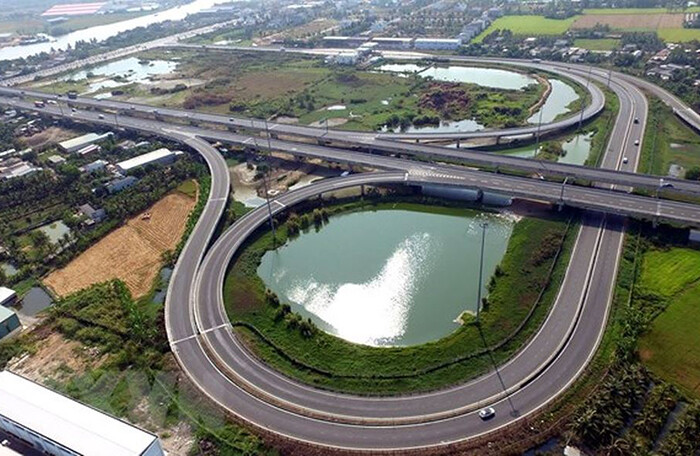
From the beginning of the term until now, 729 kilometers of expressways have been completed and put into operation, bringing the total kilometers of operational expressways to 1,892 kilometers.
The strategic breakthrough in constructing infrastructure, particularly in transportation infrastructure, has witnessed remarkable transformations, especially in the expressway system.
In 2023, numerous expressway projects have been completed and newly initiated, marking a significant development in over a decade. From the beginning of the term until now, 729 kilometers of expressways have been completed and put into operation, bringing the total kilometers of operational expressways to 1,892 kilometers. Simultaneously, approximately 1,700 kilometers of expressways are under construction, with the goal of completing around 3,000 kilometers by 2025 and 5,000 kilometers by 2030, exceeding the national targets.
In aviation, the completion and operation of Passenger Terminal 2 at Phu Bai Airport in Dien Bien represent substantial achievements. Vigorous efforts have been made to resolve issues and initiate the construction of Passenger Terminal 3 at Tan Son Nhat International Airport, as well as the Long Thanh International Airport project. These endeavors ensure quality and meet the required progress.
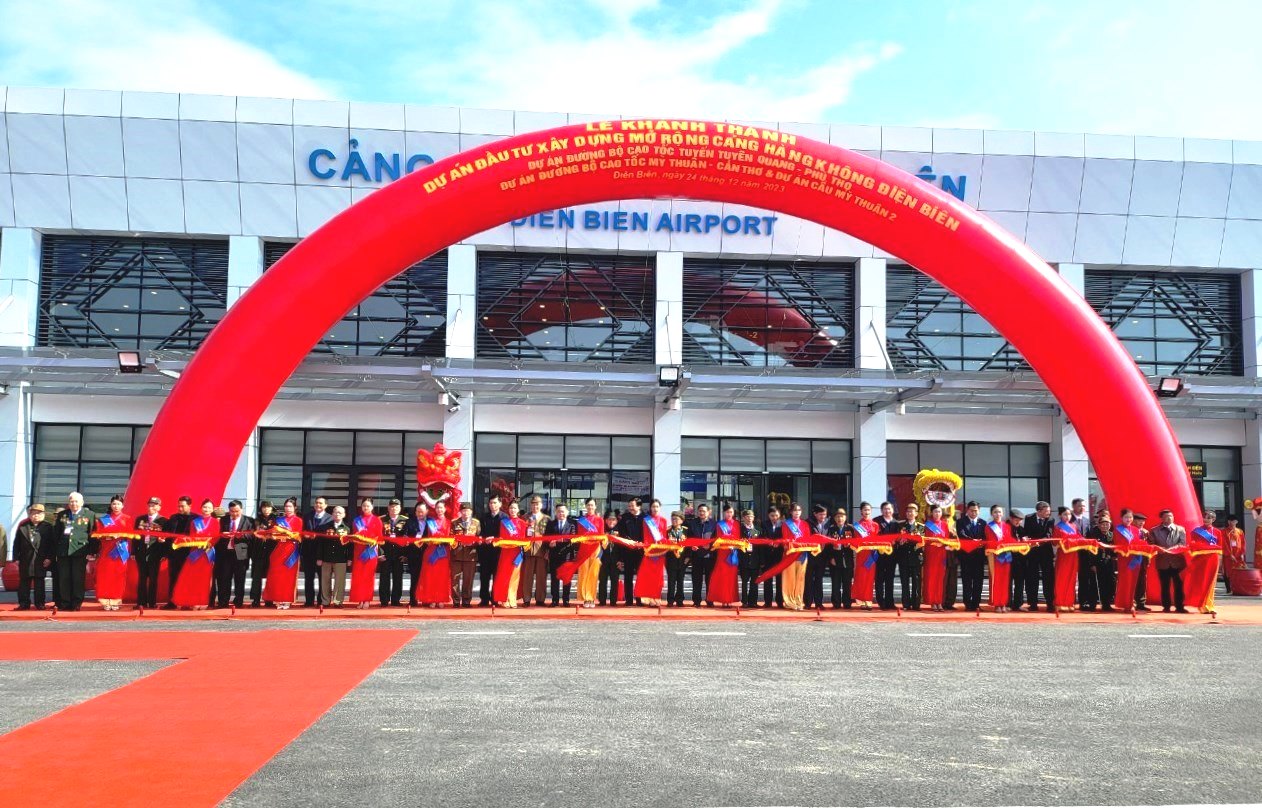
4. Constructing and Perfecting Institutions with Emphasis on Strategic Breakthroughs
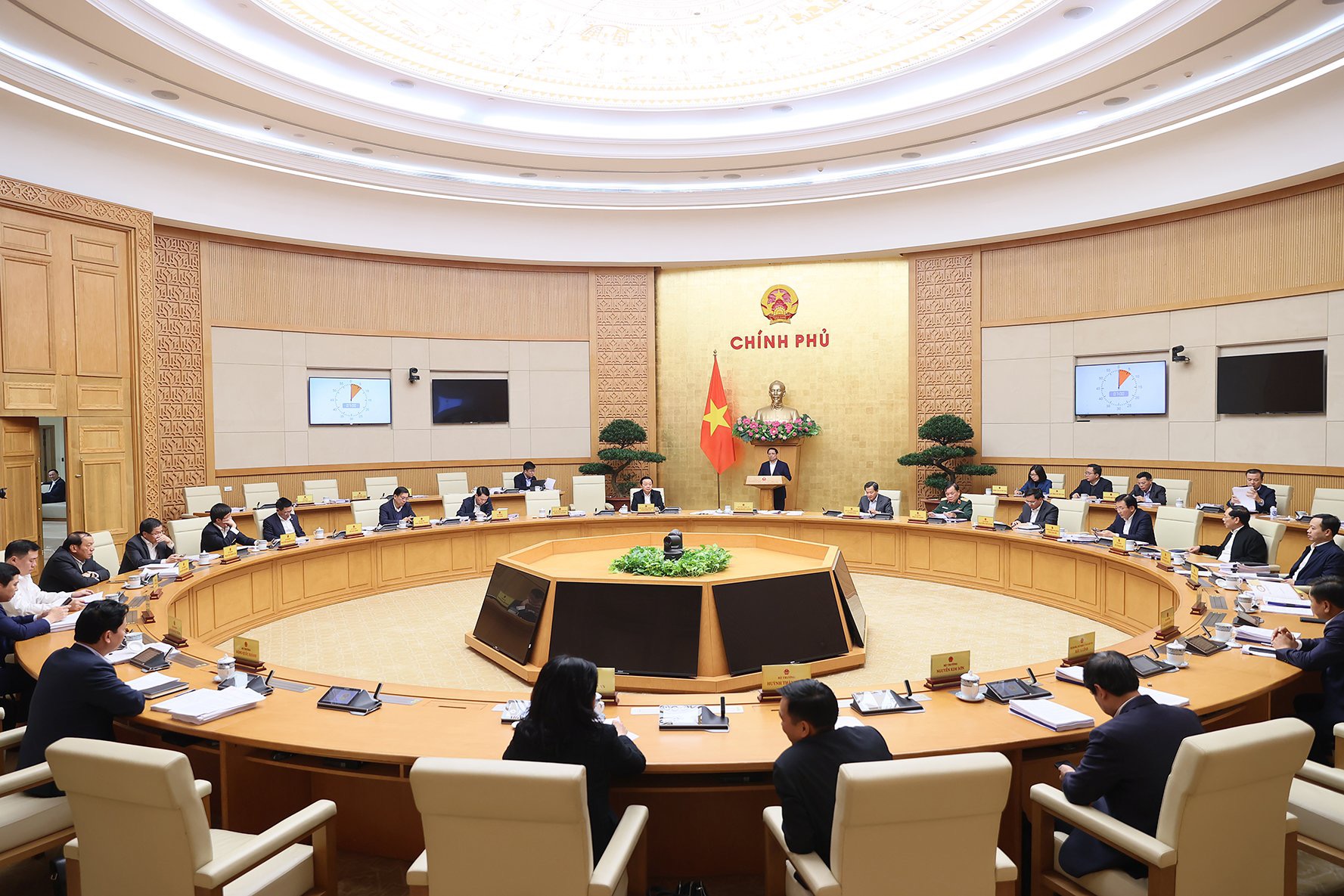
Prime Minister Pham Minh Chinh chaired the Special Session on Legal Construction in December 2023
The work of constructing and improving the legal framework, mechanisms, and policies has been given due attention in line with strategic breakthroughs, featuring numerous innovations in guidance and approaches. The Government has received shared responsibilities, close collaboration, and coordination with the National Assembly and its Standing Committee. In 2023, the National Assembly passed 16 laws, 29 resolutions, and provided opinions on 18 draft laws. The Government held 10 special sessions on legal construction, obtaining feedback on 47 items, with a focus on refining and presenting to the National Assembly the draft Land Law (amended). The Government issued 86 decrees, and the Prime Minister issued 29 decisions with normative content. The comprehensive public administration reform program was vigorously implemented and proved effective, emphasizing the reduction, simplification, and decentralization of administrative procedures. There was a push for decentralization and delegation of authority, organizational restructuring, and rectification of the situation where officials and civil servants avoid responsibilities and fear making mistakes in performing duties. A Government decree was issued to encourage and protect dynamic, innovative, daring, and accountable officials who work for the common good.
Urban planning work progressed rapidly, with 108 out of 111 plans completed, reviewed, and approved, raising the overall quality. The National Comprehensive Planning and many sectoral, local, and provincial plans were also issued.
5. Agricultural product exports reach a peak, expanding into new markets

In the context of many market challenges, the overall import-export turnover is expected to reach 683 billion USD, with a trade surplus of about 26 billion USD. Notably, agricultural product exports, particularly in vegetables, fruits, and rice, have reached new peaks with many record figures.
Specifically, the agricultural group achieved 24.3 billion USD, a 17% increase compared to the previous year. There are 6 items with export values exceeding 3 billion USD, including coffee, rice, fruits and vegetables, cashews, aquatic products, wood, and wooden products.
Vegetable and fruit exports reached 5.6 billion USD, a record high and far exceeding the initial expectation for the whole year of “4 billion USD.” In the first 11 months, Vietnam’s rice exports also set a record with over 7.7 million tons of rice valued at over 4.4 billion USD, a more than 36% increase compared to the previous year. Vietnamese rice surpassed its competitors to claim the top position in the competition for the world’s best rice.
With the signing of the Vietnam-Israel Free Trade Agreement (VIFTA), Vietnam has now signed and participated in 16 FTAs, with ongoing negotiations for 3 more FTAs, namely Vietnam-EFTA (Switzerland, Norway, Iceland, Liechtenstein), ASEAN-Canada, and Vietnam-UAE.
6. Record-breaking FDI disbursement and establishment of new enterprises
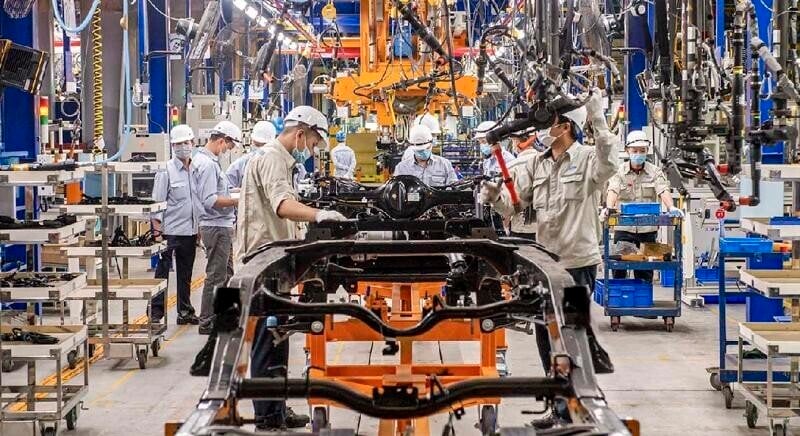
As of December 20, 2023, the total registered foreign direct investment (FDI) in Vietnam reached nearly USD 36.61 billion, a 32.1% increase compared to the same period, marking the third-highest year in the period from 2008 to the present. The realized capital of foreign direct investment projects is estimated at around USD 23.18 billion, a 3.5% increase compared to 2022, setting a record for disbursement in the global investment landscape’s narrowed trade context. Vietnam’s business environment ranking has also improved by 12 places globally.
The business registration activities in 2023 were remarkable, with nearly 160,000 newly established enterprises, a 7.2% increase compared to 2022, exceeding the average for the 2017-2022 period and a 4.6% increase compared to the estimated figures for the entire 2023.
Additionally, over 58,400 businesses resumed operations in 2023. Therefore, the number of businesses entering and returning to the market continues to surpass 200,000, a 4.5% increase compared to the same period in 2022 and 1.3 times the number of businesses exiting the market during the year.
7. Resolutely Promoting Emerging Industries and Sectors
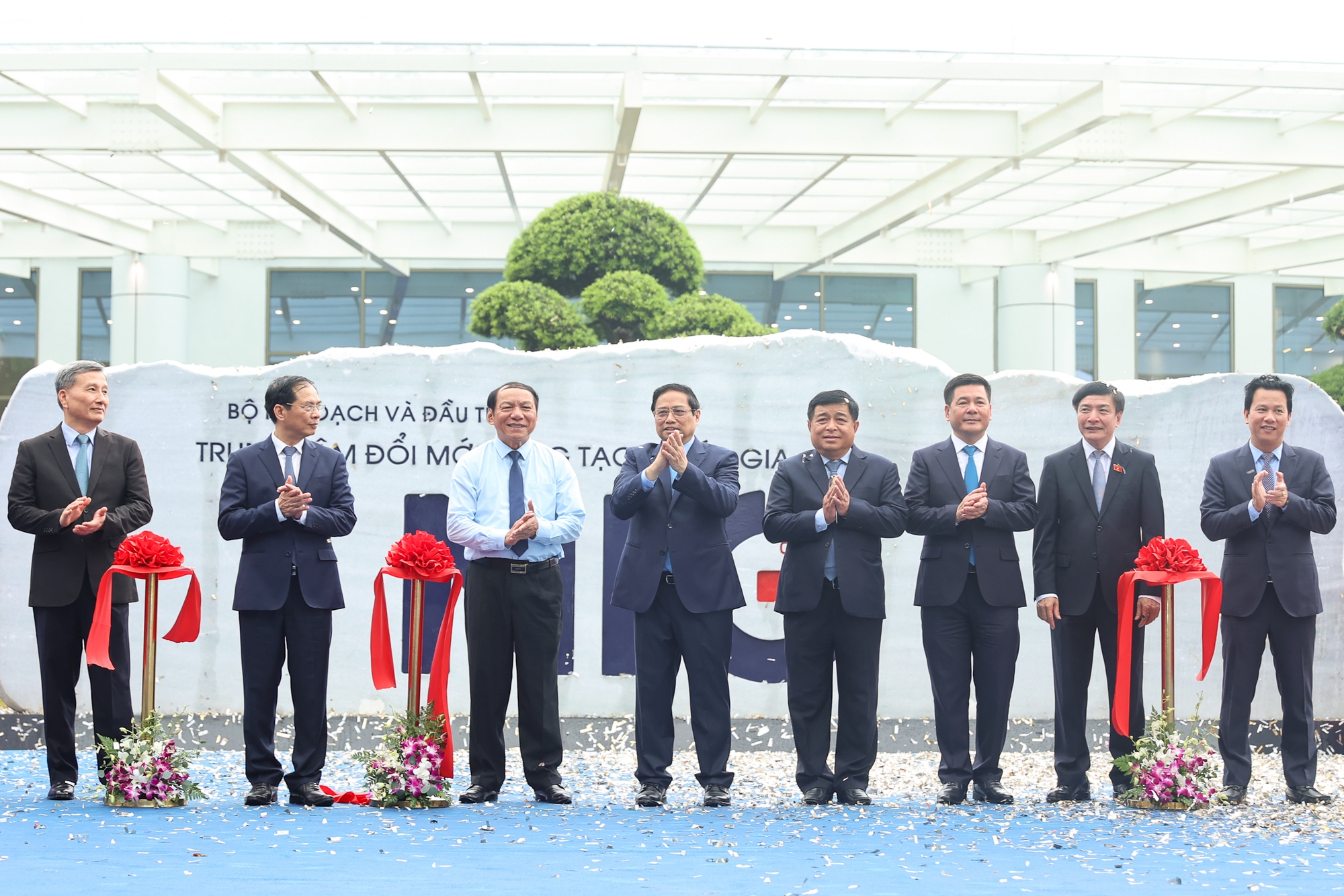
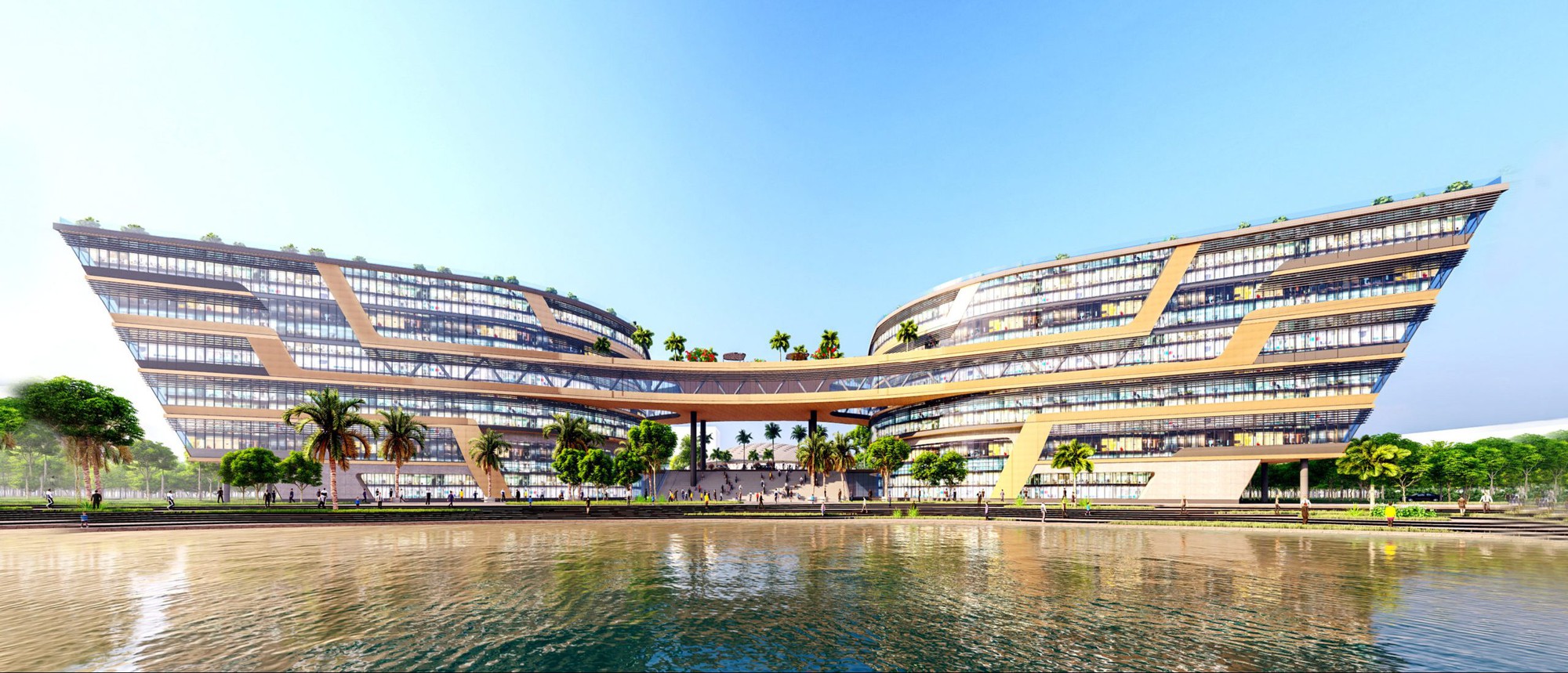
Prime Minister Pham Minh Chinh and delegates cut the ribbon to inaugurate the National Innovation Center (NIC) at the Hòa Lạc facility. Designed in the shape of an eagle spreading its wings, the NIC serves as an iconic representation of the mission to bring creative ideas to life and propel innovative enterprises towards expansive development.
In 2023, new milestones were recorded in restructuring the economy, developing emerging industries and sectors, promoting science and technology, fostering innovation, digitization, green transformation, and advancing the digital economy, green economy, circular economy, knowledge economy, and sharing economy.
The national digital transformation was actively promoted, aiming for a digital economy accounting for approximately 15% of the GDP throughout the year 2023. The implementation of Project 06, which focuses on developing and applying population data, identification, and electronic authentication, was directed with determination and achieved impressive results, contributing to reducing negative impacts and saving time and effort for citizens and businesses, serving as a “bright spot” in the country’s digital transformation.
The science and technology market experienced significant development. The national innovation ecosystem for startup and innovation flourished, marked by the inauguration of the National Innovation Center (NIC) and the concentrated efforts in constructing and perfecting three National Innovation Support Centers in Hanoi, Ho Chi Minh City, and Da Nang. Vietnam’s global innovation index was ranked 46th out of 132 countries, a rise of 2 places compared to 2022.
The year 2023 also witnessed Vietnam’s leap in the semiconductor industry, with a series of agreements and collaborative projects with leading partners and gigantic corporations worldwide.
Vietnam vigorously implemented action programs to address climate change, reduce emissions, and transition to energy following the principles of the Just Energy Transition Partnership (JETP). It became the first time Vietnam issued carbon credits and green bonds, demonstrating its commitment to achieving net-zero emissions by 2050 in line with international community responsibilities.
8. Breakthroughs in overcoming difficulties, unlocking resources
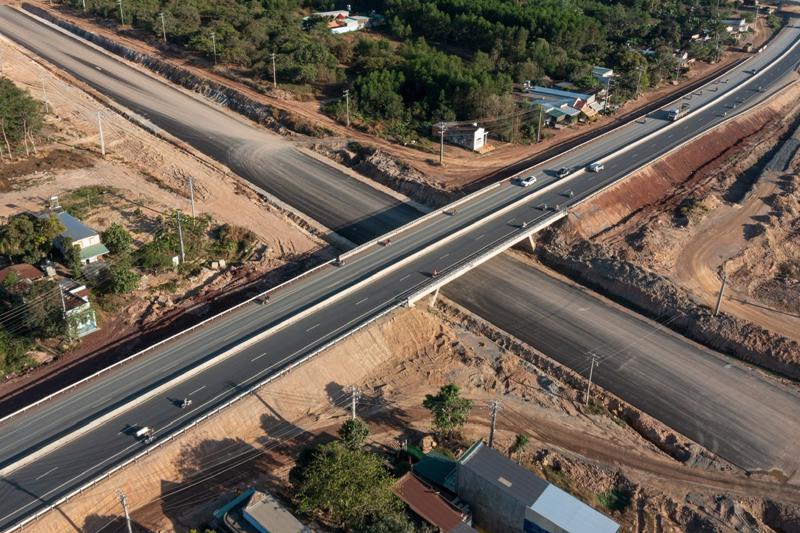
Public investment has been restructured with a focus on key and focal points, concentrating on projects with high ripple effects to generate development momentum.
The government continues to direct ministries, sectors, and localities to focus on reviewing, detecting, and promptly addressing any shortcomings, difficulties, and obstacles, both in legal regulations and in the implementation mechanism, policies, and organizational aspects. This aims to unlock resources and support businesses in overcoming challenges, promoting growth, creating jobs, and ensuring livelihoods for the people, ensuring a stable life for workers.
The disbursement of public investment for the entire year is estimated at around VND 667.882 trillion, reaching 94.3% of the plan assigned by the Prime Minister. This is higher than the same period in 2022 by about 2.88% (91.42%), with an absolute amount higher by approximately VND 137.6 trillion. Public investment has been restructured with a focus on key and focal projects, concentrating on those with high spillover effects to create development momentum.
The government is determined to address and remove difficulties, limitations, and shortcomings, developing synchronized, safe, healthy, sustainable markets and integration. There has been positive development in stabilizing and growing the corporate bond market and the real estate market. Efforts are ongoing to deal with bad debts, restructure credit institutions, especially weak banks.
There is a focus on restructuring, improving, and enhancing the efficiency of state-owned corporations and groups. The effective resolution of the initial 8 out of 12 prolonged loss-making projects and enterprises is underway. Several large and critical power projects have been completed and put into operation after a prolonged hiatus.
9. Achieving and Exceeding All Planned Social Targets
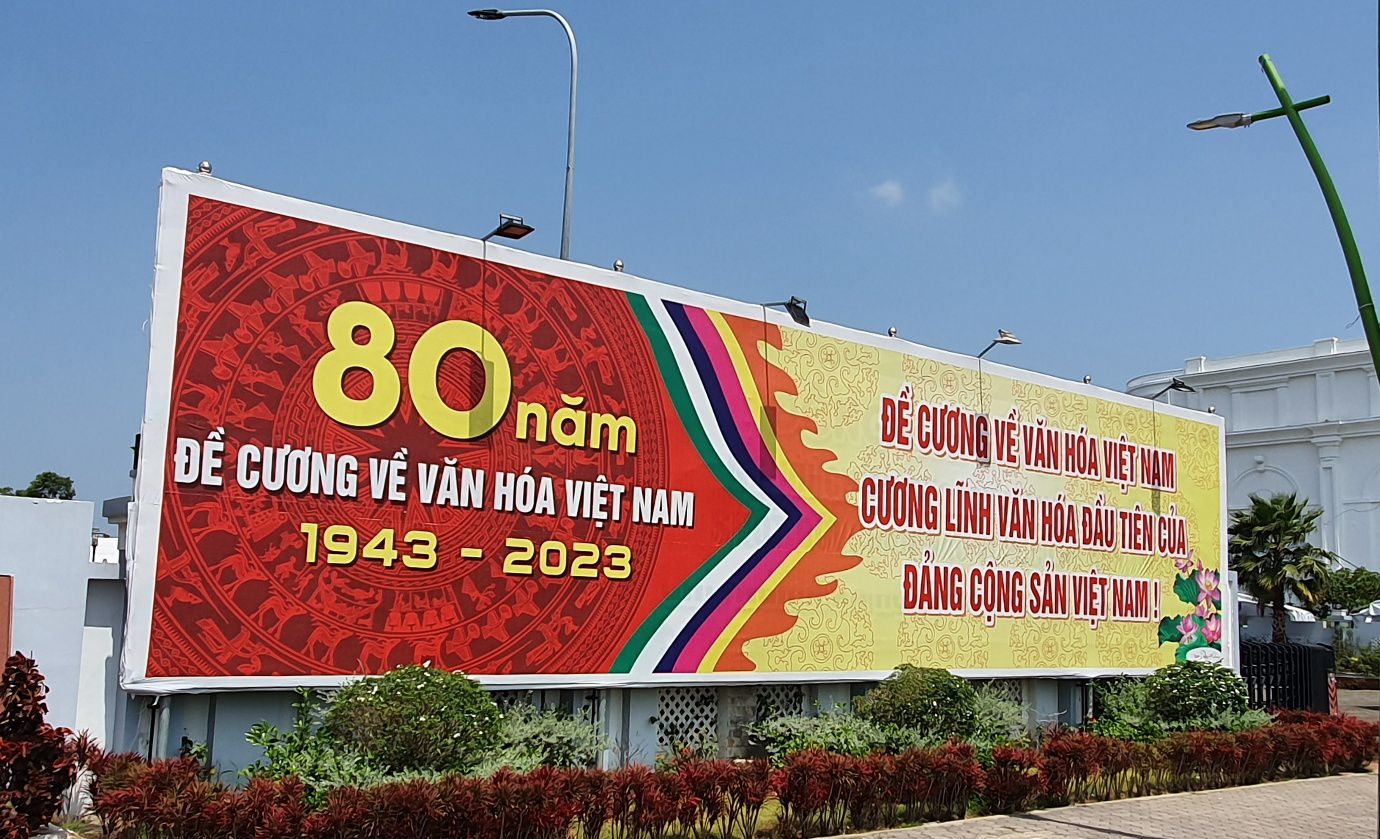
The organization of the 80th-anniversary celebration of the Introduction to Vietnamese Culture and the National Conference on the Development of Vietnam’s Cultural Industries, held for the first time, are significant events aimed at concretizing and implementing the Party’s directives, policies, and laws regarding the cultural development of the state. Particularly noteworthy are the directives provided by General Secretary Nguyen Phu Trong during the National Cultural Conference in 2021.
Cultural and social sectors continue to receive attention and investment for development, achieving more distinct results. All social planning targets have been met and exceeded, clearly demonstrating the admirable nature of our regime, which does not sacrifice progress and social justice to pursue mere economic growth.
Facing economic difficulties, the National Assembly and the Government continue to implement policies of exemption, reduction, and extension of various taxes, fees, and land rents. The total value of these policies is nearly 200 trillion VND, and as of November, over 172 trillion VND has been exempted, reduced, or extended (of which approximately 65 trillion VND is exempted or reduced). Increasing revenue, saving expenses, establishing salary funds (amounting to about 560 trillion VND by now) ensure sufficient sources to reform salaries over the 2024-2026 period.
Social security, care for the lives of laborers, especially vulnerable groups and policy beneficiaries, continues to be strengthened. People’s lives continue to improve, with an average income increase of 6.8% for workers; over 94% of households assess that they have stable or higher income compared to the same period in 2022. According to the World Happiness Report in March 2023 by the United Nations, Vietnam’s Happiness Index has risen by 12 places, from the 77th position to the 65th position in the global rankings.
The commemoration of the 80th anniversary of the Introduction to Vietnamese Culture and the National Conference on the Development of Vietnam’s Cultural Industries, held for the first time, is a significant event to concretize and implement the Party’s directives, policies, and laws regarding cultural development. Especially noteworthy are the directives provided by General Secretary Nguyen Phu Trong during the National Cultural Conference in 2021.
10. Intensifying and Enhancing Anti-Corruption and Anti-Negative Practices Work
The work of preventing corruption and negative activities continues to be intensified, affirming it as an inevitable trend that cannot be reversed, contributing to strengthening and enhancing the people’s trust in the Party and the State. There have been significant advancements in the investigation, discovery, and trial of numerous major cases. New prosecutions and investigations have been initiated in many cases of particularly serious and complex corruption and negative activities, attracting significant public attention, especially those occurring in specialized and secretive sectors, with intertwined activities between state and non-state areas that have remained unresolved until now. Examples include the ongoing expanded investigation in Phase 2 related to Viet A Company, the case at the Consular Department (Ministry of Foreign Affairs), cases within FLC Group, Tan Hoang Minh, such as the case at SCB Bank, Van Thinh Phat Group, An Dong Company, among others. Many high-ranking officials, both current and retired, are being prosecuted, adhering to the principle of “No restricted zones, no exceptions, regardless of who is involved.”
Source: Bao Chinh Phu | Link
Visit our service | Link


